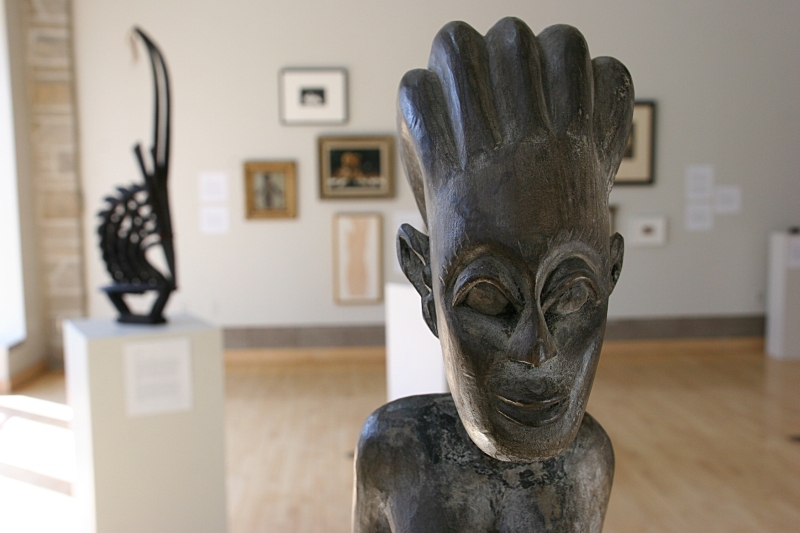LAST SEPTEMBER THE WABASSO High School Class of 1974 gathered at the Wabasso Community Center for our 40-year reunion. That’s on the southwestern Minnesota prairie, in Redwood County.
I lived on a farm 15 miles to the north and west, just outside of Vesta, an hour’s bus ride away from Wabasso. It takes time to travel gravel roads, backtracking and weaving to farm sites to pick up all those country kids.
Forty years. I used to think people who’d been out of high school for four decades are really old. I don’t think that anymore.

The Wabasso High School Class of 1974 fortieth year reunion. Minnesota Prairie Roots file photo by Randy Helbling.
Still, that’s a lot of years and much has happened since 89 fresh-faced rural Minnesota kids walked across the gym stage in May 1974 and received their diplomas. As you would expect, the reunion mixed nostalgia and reconnecting, sharing of memories and sharing of lives.
And for me, the gathering inspired a poem, “Class Reunion,” recently published in Poetic Strokes & Word Flow, A Regional Anthology of Poetry from Southeastern Minnesota, Volume 9. My other entry, “Wednesday Night Bingo at the Legion,” was also published, among the 30 winning poems chosen from 157 submissions in the adult division.

I attended and read my poem, “Wednesday Night Bingo at the Legion,” at an invitation only Poetry Bash at The Rochester Civic Theater on Tuesday evening. The event was a delight with some poets reading their works and Minneapolis poet Todd Boss as the featured speaker.
I am grateful to Southeastern Libraries Cooperating for publishing this annual collection of poetry from writers in the 11-county SELCO region. I’ve entered the competition eight times with 10 poems published in seven volumes.

I took poetic license and photoshopped this image of the button I wore identifying me as a poet at the Poetry Bash.
And because April is National Poetry Month, here is the poetic version of a rural southwestern Minnesota high school reunion:

How many classmates can cram into a photobooth, left, and four members of the reunion committee, right. That’s me in the pink striped shirt, front right in image on the right.
Class Reunion
Bulbous red clown nose clamped onto face,
boa thrust around neck movie star style,
pirate hat tilted upon bald head,
skull patch positioned across left eye,
we cram into the photo booth, all smiles,
pretending to be someone we are not.
“How are you?” We pause, then hug,
hoping the response will be a lie
rather than the truth of the past forty years
chiseling our faces, greying our hair
(if we still have hair),
etching grief into our souls.
A classmate pulls the curtain tight,
shuts out reality for the lens.
Memories overtake us, filling the booth with laughter.
We remember when nothing seemed more important
than our anti-establishment defiance of choosing
“Dead Skunk in the Middle of the Road” as our class song.
The camera flashes again and we swap accessories—
Vikings horns for Peter Pan hat,
leather biker hat for Mickey Mouse ears—
the promise of never growing up
and living in a happily-ever-after fairytale world
almost Disney believable if we didn’t know the truth.
In this moment, all seems right with the world.
No husbands dead. No children buried. No cancer battled.
No eyes blackened. No marriages broken.
The future lies before us, full of promise and hope
and all that is good and wonderful and perfect.
Except it isn’t and wasn’t and never will be.
The camera flashes for the third, and final, time.
A classmate draws back the curtain.
We drop props into a basket, revealing receding hairlines
and sagging necks and worry lines edging our eyes.
Then we chat about our children and our grandchildren
and our dreams, as if our entire lives lie before us.
© Copyright 2015 Audrey Kletscher Helbling
Poem reprinted with permission from SELCO (Southeastern Libraries Cooperating), Rochester, MN.





















































Recent Comments